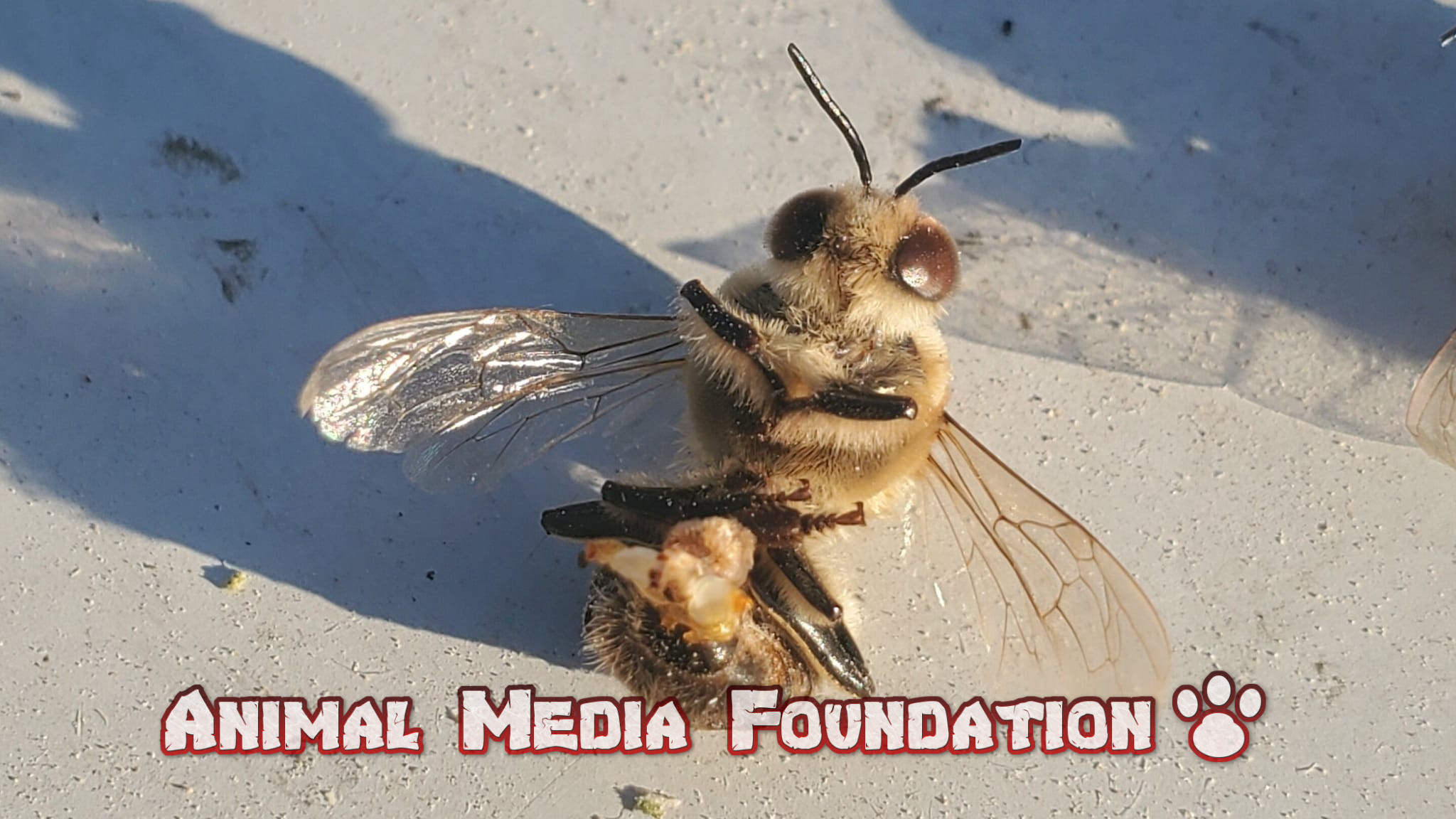Extreme heat causes bees to ejaculate to death: they expel the endophalus in an "explosive" way.
A survey conducted in Canada showed that male bees exposed to heat stress have seizures and expel the endophalus to death.
Males of the domestic bees (Apis mellifera) exposed to the extreme heat die horribly, ejaculating and expelling the huge endofallo as large as the entire abdomen. To the untrained eye, the dead insects may appear as "exploded," But in reality, it is a reaction to the heat stress. A 42° C, about 50 percent of the drones - as male bees are called - of one Colonia loses life within six hours.
It is a severe problem for biodiversity as these valuable insects play a vital role in keeping ecological balances and pollinating wild plants and those of commercial interest. Suffice it to say that in Canada alone, the economic contribution linked to honey bees is between 4 and 5.5 billion dollars a year.

Professor Alison McAfee, an expert on these Hymenoptera at the University of British Columbia (Canada), described the brutal death of male bees. While studying API, Regine received images of numerous dead drones from an Armstrong beekeeper sent to the heart of the devastating heat dome that struck North America between June and July 2021. It is estimated that over one billion sea animals were cooked alive in sweltering temperatures (reached 46.6 ° C in a village, a record for Canada).
At the same time, many small birds had to throw themselves from the nests in order not to die from overheating. Insects have also been killed, as Emily Huxter's dramatic images show. Professor McAfee immediately got in touch with other British Columbia beekeepers and discovered that the drones were dying en masse due to heat stress. The bees first have convulsions and then "explode," ejecting the endophallus.

"When drones die of shock, they ejaculate spontaneously," the scientist said in a press release. "They have this elaborate endophallus that protrudes and is about the size of their abdomen. It's pretty extreme," the entomologist added. Researchers know that hives maintain a stable core temperature of around 35°. However, when extreme heat waves occur, the temperature can rise significantly, resulting in the death of bees.
To try to avert this fatal increase, Professor McAfee and Ms. Huxter tested an insulation system made of polystyrene (a kind of roof) on several colonies, noting that it could reduce the internal temperature by 3,75° C compared to untreated hives. A distributor of sugared water enticed the bees to return more often and to spread the water in the multitude by waving it with their wings.
It is a system of cooling down tested among Hymenoptera insects. In this case, the reduction was 1,1° C. Both methods could help beekeepers prevent the loss of numerous drones during extreme heat waves.




